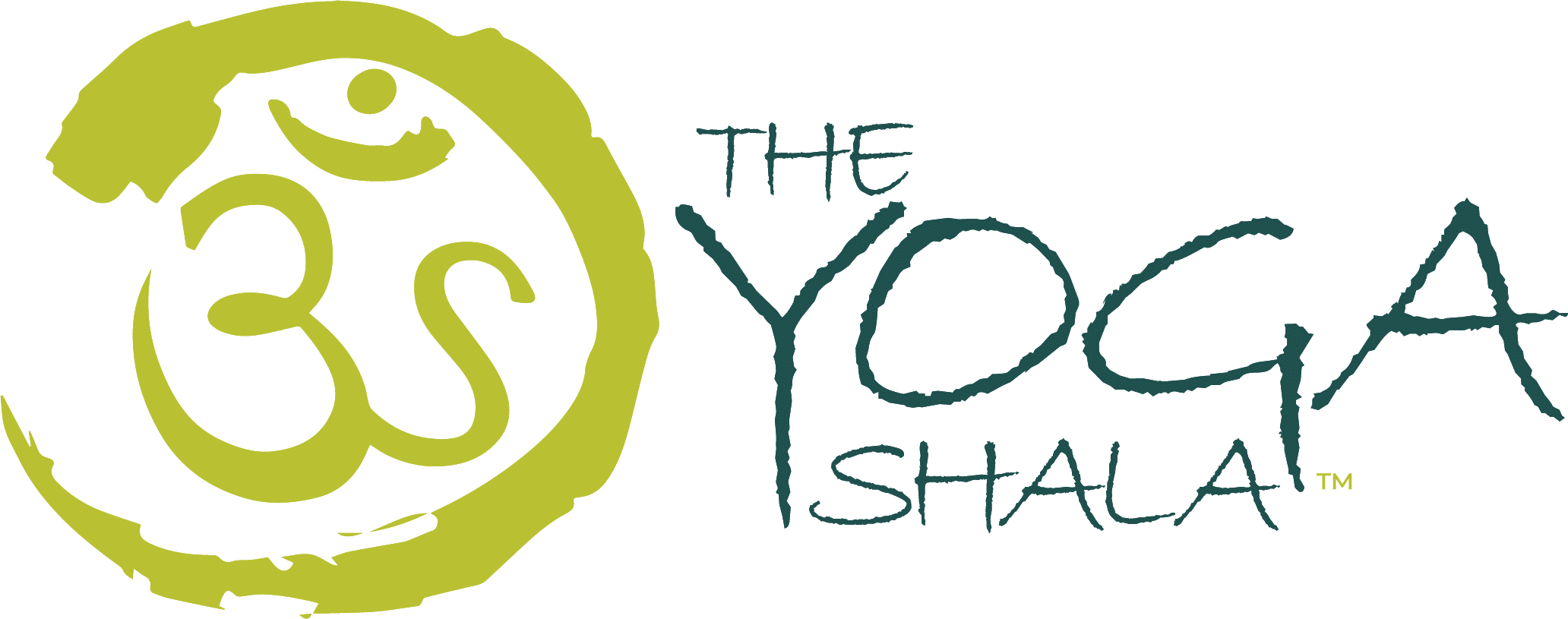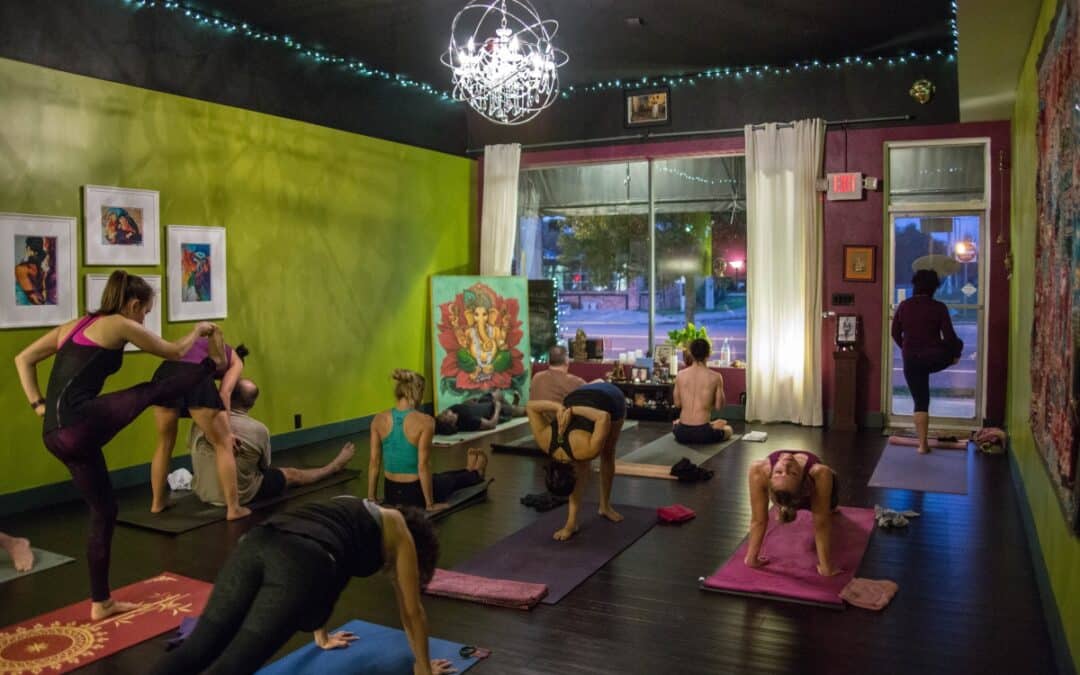After exploring various types of yoga for a year, Isis began practicing Ashtanga at The Yoga Shala in 2014. She completed Krista Shirley’s Ashtanga Yoga Apprenticeship in 2018, and plans to continue teaching at The Yoga Shala.
Ashtanga Vinyasa Yoga was created by Sri K. Pattabhi Jois. There are two ways in which this method of yoga can be taught. The first is in a traditional led class where the instructor is walking throughout the room, calling out the poses and the breath count. The second is the method in which Sri K. Pattabhi Jois taught his classes called Mysore style. The name comes from the town in which he settled once he started teaching yoga – Mysore, India.
Mysore style Ashtanga Vinyasa Yoga is, in my opinion, the best way to learn yoga because it allows you to learn at your own pace, with your teacher guiding you every step of the way, especially in the beginning. When you come to class, there will be other students doing their practice at their own pace. The instructor will walk around the room, assisting students to go deeper in the postures, correcting posture alignment or giving verbal cues as needed.
During your very first class your teacher will show and guide you through learning how to properly breathe with sound. This method of inhaling and exhaling through the nose with the mouth closed serves to heat the body so that toxins can be released through sweat.
Following learning how to breathe, the instructor will discuss bandhas or energy locks. There are three such energy locks that are utilized to maintain the prawn or life force within the body. They are mula, uddiyana and jalandhara bandhas. Mula bandha is found at the base of the pelvic floor between the genitals and the anus. Upon inhaling, this area is gently squeezed upward, strengthening the pelvic floor muscles over time. Uddiyana bandha is found just below and behind the navel. If the practitioner has learned to properly breathe with sound, uddiyana bandha will engage upon exhaling. The lower abdomen will naturally be pulled inwards. Jalandhara bandha is located at the throat. In order to engage jalandhara bandha, the practitioner will bring the chin to the chest. This bandha is really only used in two asanas in the primary series but can be used in various pranayama techniques.
The last bit of information your instructor will give you prior to beginning the primary series are the drishti’s or gaze points. During asana practice it can be easy to lose focus or start to look around at other yogis practicing. In order to stay focused on your body and what you are doing, Sri K. Pattabhi Jois taught these gaze points. There are eight of them: Urdhva (upwards), brumadhyai (third eye), nasagrai (nose), nabhi cakra (navel), padayoragrai (feet), angustha madhyai (thumb), hastagrai (hand) and parsva (side).
After going over these important aspects of the Ashtanga method, the instructor will begin to walk you through Sun Salutation A and B and the first few postures of the Standing sequence. While you are memorizing the order of the postures the instructor will be there to guide you if you get stuck. As you get stronger and more flexible and are able to do these beginning postures, the instructor will give you new postures to work on. You may begin with practicing three days a week but the goal would be to practice six days a week, taking a day for rest.

